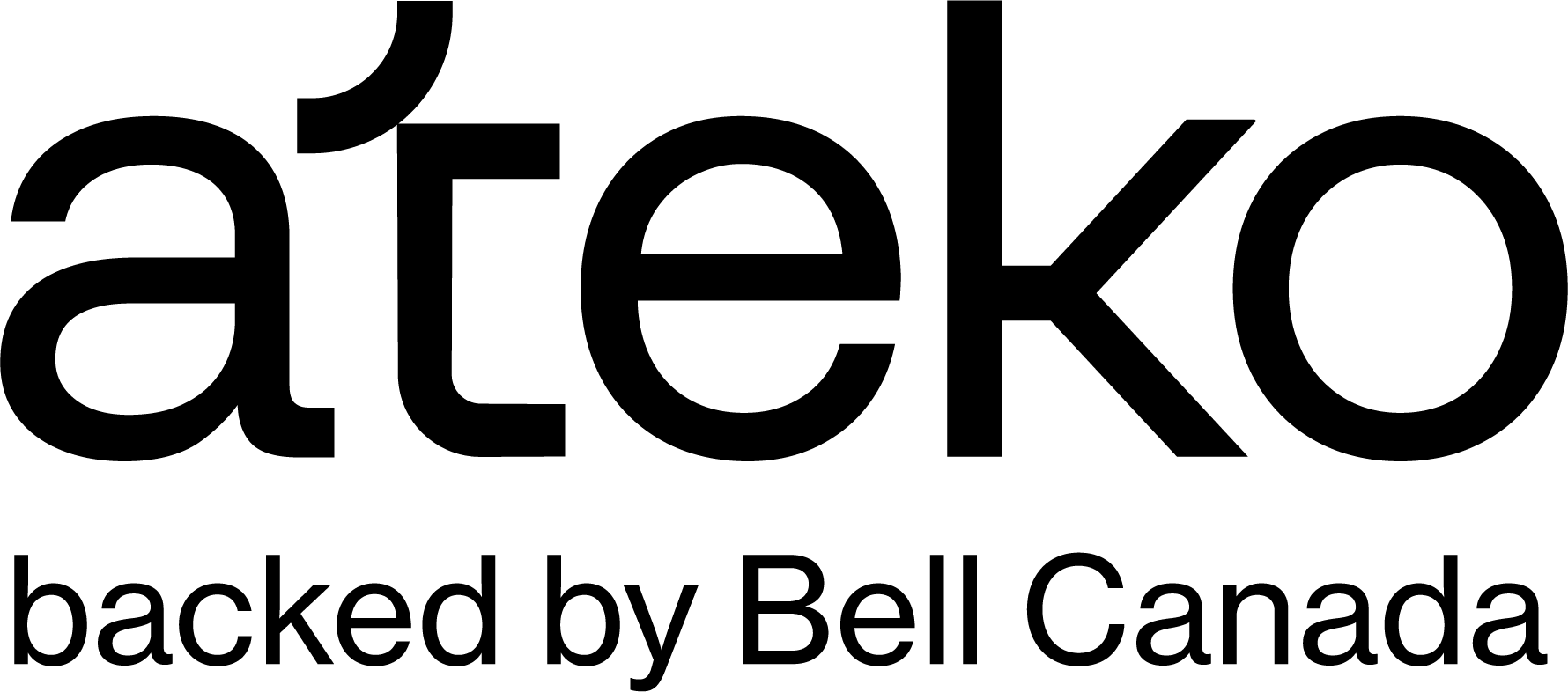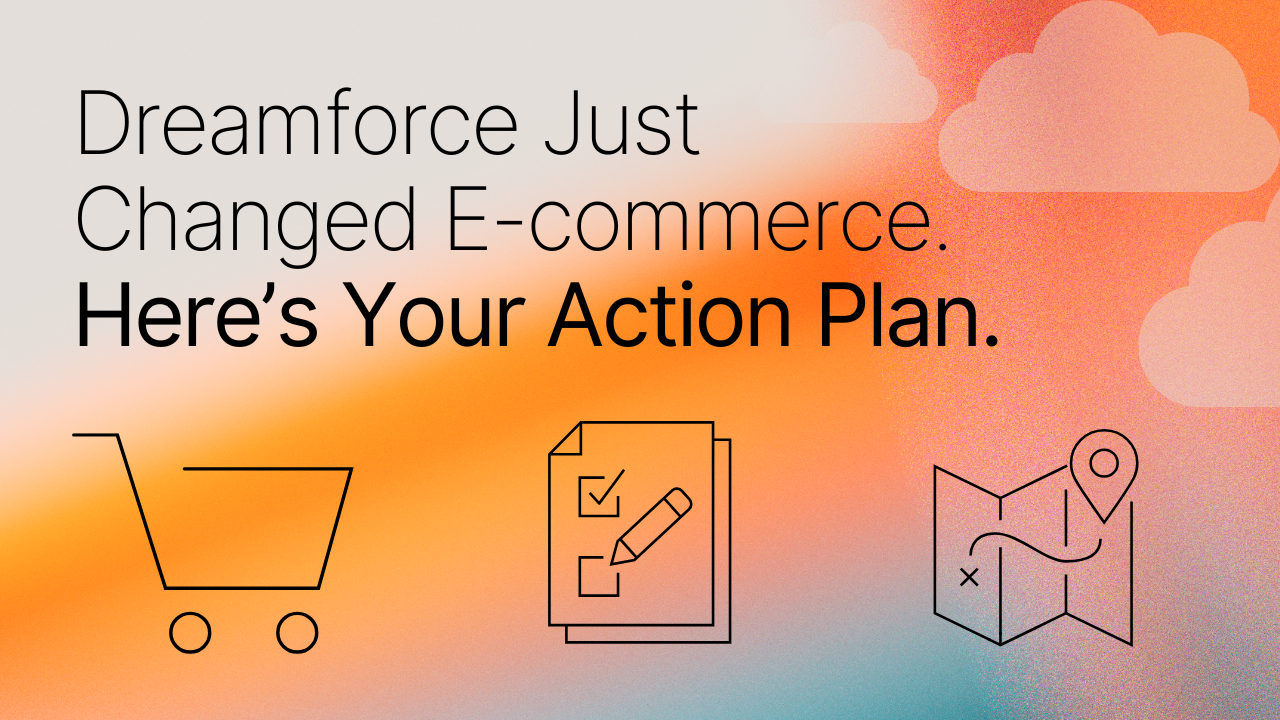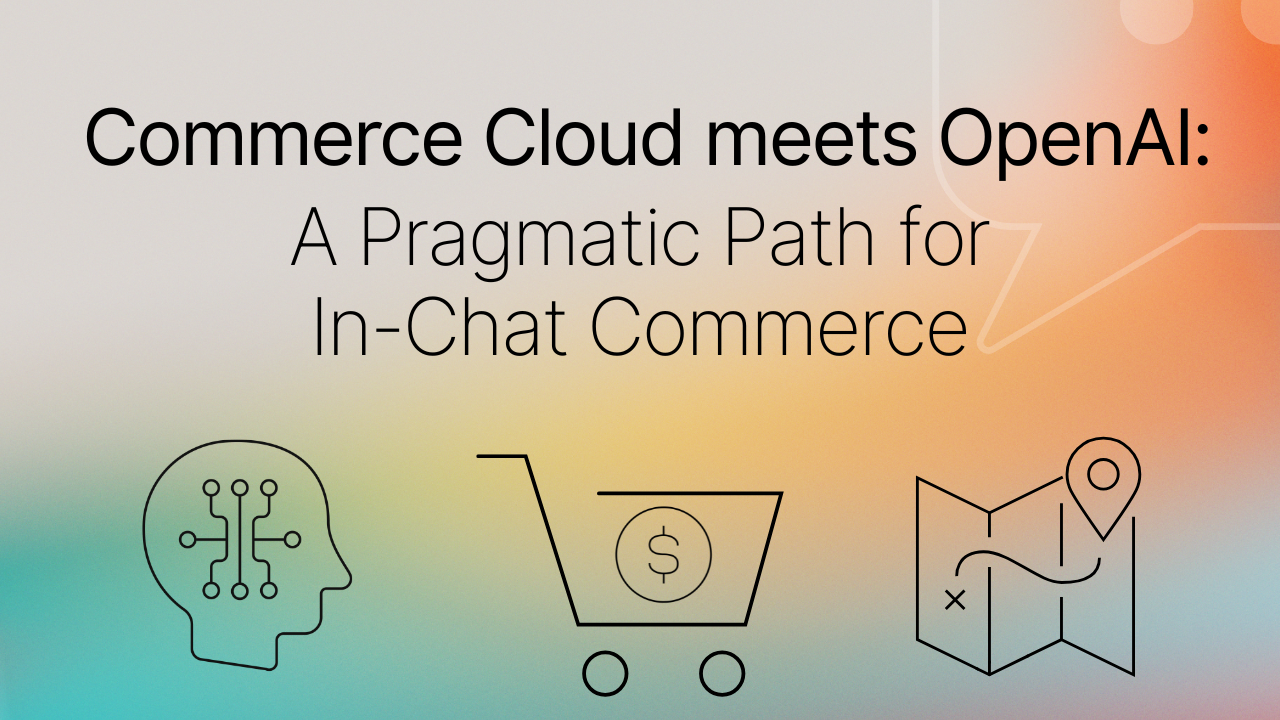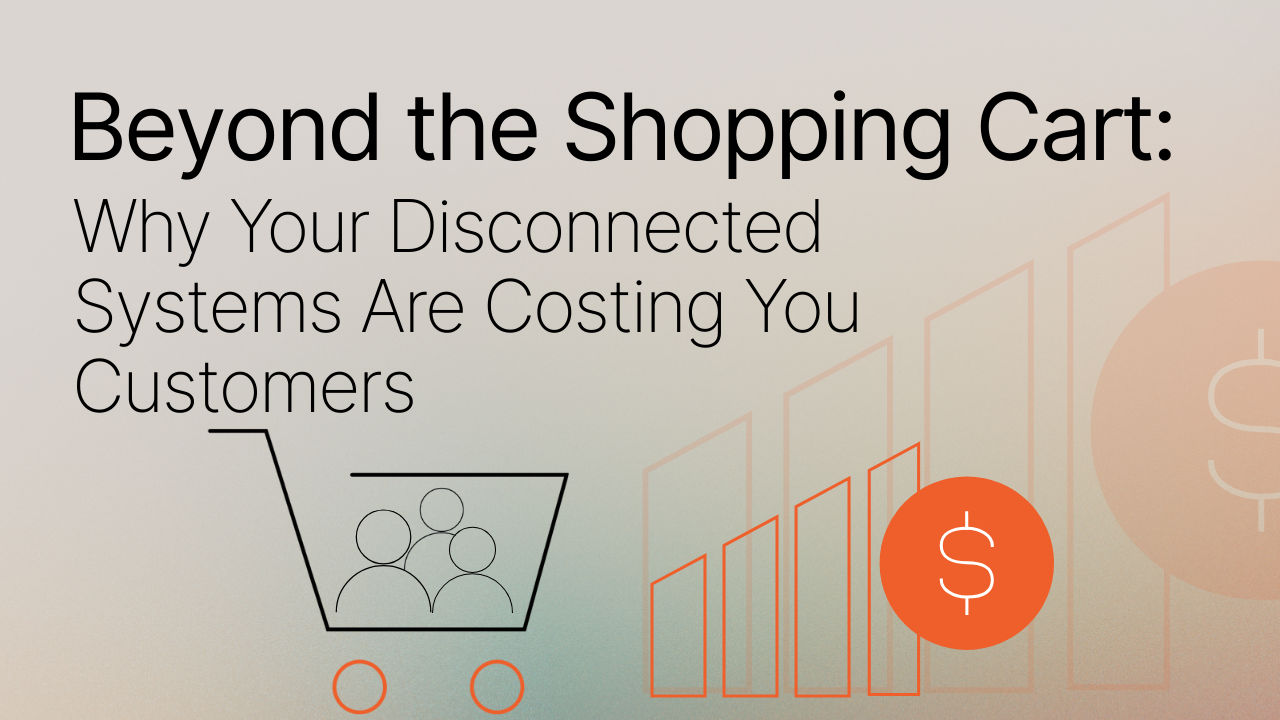Only a week ago, we posted a practical plan for non-Shopify sellers to jump into the world of selling through OpenAI’s ChatGPT. Shopify’s announcement had many of us, myself included, feeling a little defeated. It felt like they’d cracked the code and no one else could play. So, we took to the documentation and realized the fact of the matter is that this is built on an open protocol. There’s plenty of room in the sandbox for all of us. After a lot of research, we released our plan for piloting a connection to OpenAI using the Agentic Commerce Protocol (ACP). We focused on Salesforce, but heck, this approach holds for any modern e-commerce platform.
Then Dreamforce happened. Salesforce kicked off its ’25 conference with a massive announcement: its own partnership with OpenAI. This brings native integrations to Slack, huge advancements for Agentforce, and, you guessed it, the ability to sell your products inside ChatGPT through the newly branded Agentforce Commerce.
For Salesforce Commerce Cloud teams, the question isn’t if this is happening; it’s how to get ready. This post translates the keynotes into plain English and gives you a practical checklist to get pilot-ready fast.
What Actually Changed (in Normal Words)
- Chat as a Storefront: The big idea is that customers can find and buy your products inside a conversation, not just by clicking around your site. Some of this happens on your site using a guided shopping chat with one-tap pay. Some will happen off your site inside ChatGPT, once it’s broadly available.
- On-Site Guided Shopping: Your website’s chat can now act like a helpful store associate. It can ask clarifying questions, suggest good products, answer policy questions, and let shoppers complete a purchase with Apple Pay or Google Pay right in the chat window.
- Smarter Operations: Behind the scenes, Order Management is getting better at re-routing orders around warehouse issues and showing honest delivery estimates. For retailers with stores, Point of Sale (now called Retail Cloud) is coming to Android and getting faster inventory counts with RFID.
- B2B Gets a Major Upgrade: For companies with complex catalogs, the B2B platform can now handle configuring a complex product, adding a paid software subscription, and checking out all in one go.
- A Truly Unified Customer View: The push to connect the online and in-store experience is a major theme. While the idea of an associate instantly knowing what you looked at online last night can feel a little creepy, a little Big Brother even, the reality is more nuanced. This isn’t about guessing an anonymous shopper’s history; it’s about empowering associates to help authenticated customers (like loyalty members) by naturally picking up a conversation where it left off online.
Bottom line: Salesforce is a more credible, unified retail option again. The immediate win is making your own site smarter, while you prepare for the new off-site demand channel when the gates open.
What’s Usable Now vs. What’s Coming
| Area | You Can Do Today | Likely Coming/Controlled Rollout |
|---|---|---|
| On-site guided chat with wallets | Pilotable now on SFCC with clean data, wallets, and a modern SFRA storefront. | Deeper agent tooling and templates will evolve, but you don’t have to wait. |
| Delivery ETA in PDP/checkout | You can show honest windows if your inventory and fulfillment signals are wired. | “Agentic order routing” and smarter sourcing will tighten accuracy further. |
| POS/Store tie-ins | If you use Retail Cloud, RFID inventory and Android support improve store ops. | Broader device and feature coverage will expand over time. |
| B2B config + subs | If you sell services or warranties, you can begin modeling complex bundles today. | More languages and components, plus faster storefront work via open-sourced bits. |
| ChatGPT Instant Checkout (ACP) | You can prepare data and payment flows now; we can stage and test in sandboxes. | Actual off-site checkout turns on when Salesforce and OpenAI enable it broadly. |
Why this split matters: You can ship useful wins on your own properties now, like a chat that actually converts and wallet checkout, while you prepare the ACP lane so you’re not starting from zero the day it opens.
A Quick Self-Grade for SFCC Readiness
If you have more than three “Needs Work” checks, it’s best to start with a focused audit before you pilot. Download your copy of the checklist here.
| Readiness Check | Needs Work | In Progress | Ready |
|---|---|---|---|
| 1. Product titles make sense to a human, not just Google. | ☐ | ☐ | ☐ |
| 2. Each product page has 5–8 useful bullet points. | ☐ | ☐ | ☐ |
| 3. Returns and warranty policies are one click away and written plainly. | ☐ | ☐ | ☐ |
| 4. Product variants are clean (sizes, colors, SKUs). | ☐ | ☐ | ☐ |
| 5. Apple Pay and Google Pay are live and tested. | ☐ | ☐ | ☐ |
| 6. The product page shows an honest delivery estimate. | ☐ | ☐ | ☐ |
| 7. Inventory signals don’t lie (no “in stock” that cancels later). | ☐ | ☐ | ☐ |
| 8. You’re on a recent SFRA version with good site speed. | ☐ | ☐ | ☐ |
| 9. Abandoned cart journeys exist and feel helpful. | ☐ | ☐ | ☐ |
| 10. You can route orders around exceptions (e.g., a backup warehouse). | ☐ | ☐ | ☐ |
The Practical Plan (Weeks, Not Months)
1) Readiness Sprint (2–4 weeks)
- Content Cleanup: Rewrite 25–100 top product pages with human-friendly titles and 5–8 benefit-driven bullet points covering materials, fit, use, and care.
- Wallet Activation: Turn on and thoroughly test Apple Pay and Google Pay.
- Inventory & ETA: Wire your real-time availability and realistic delivery windows to your product and checkout pages.
- SFRA Check: Confirm your version. If you’re on an old version or SiteGenesis, it’s time to plan the next step.
2) On-Site Pilot (4–8 weeks)
- Scope: Start with 50–200 well-understood products in a single region.
- Flows: Focus on a conversational browse that leads to a one-tap wallet payment in the chat window.
- Guardrails: Ensure the agent gives clear policy answers and has a smooth handoff to a human for complex issues.
- Measurement: Track session-to-add-to-cart, conversion rates, and time-to-answer.
3) ACP Track (Off-Site): Be Ready
- Stage a Stripe payment rail, even alongside your primary processor, to be compatible with ACP’s tokenized flow. It’s the quickest way to play in the OpenAI sandbox for now.
- Keep an integration branch ready for ACP, simulate orders with test catalogs, and define your fraud and reconciliation playbooks. The day Salesforce and OpenAI open wider access, you won’t be starting from zero. 👍
What to Avoid (Learned the Hard Way)
- SEO Franken-titles. LLMs read like people. Your product data should too.
- Chat that can’t quote the truth. If your return policy lives in a vague PDF, your agent will waffle and lose trust.
- Dirty product variants. If “Black / Size 10” leads to the wrong SKU, chat recommendations will backfire.
- Old SFRA and slow pages. A slow site makes a smart agent feel dumb. Fix speed first.
Where We Fit In
We’ve built e-commerce through every major shift. If you’re on SFCC and want to move fast without asking your team to boil the ocean, we can help with:
- An Audit & Readiness Sprint: We’ll assess your content, variants, wallets, site speed, SFRA version, and inventory signals.
- An On-Site Pilot: We’ll help you scope and launch a conversational shopping experience with clear success metrics.
- ACP Prep: We’ll define your payments strategy, integration plan, and operational readiness.
If you’re staring at a legacy SFRA or SiteGenesis build and wondering where to even start, we’ll grade it honestly and help you get value now while you plan the bigger step.




